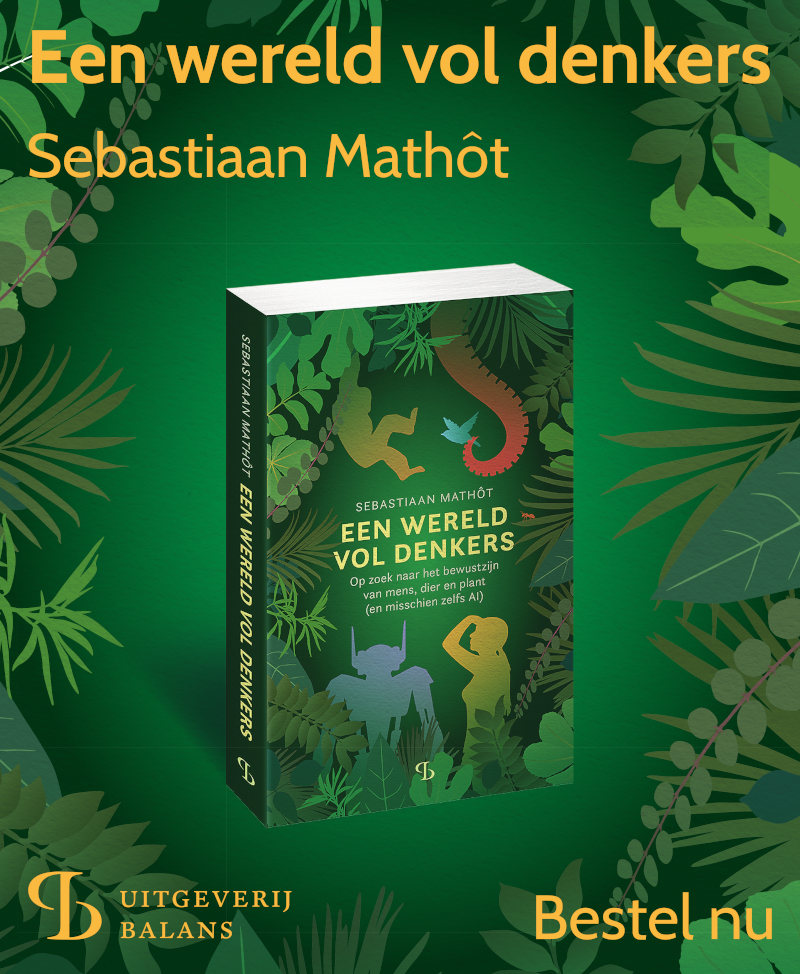One of the most famous mathematical problems is the traveling salesman problem: Given a set of cities, how do you determine the shortest route that visits each of the cities exactly once? Of course, you can simply go through all possible routes, but this approach is feasible only for a very limited number of cities. There are more clever ways to solve the problem, but the time needed to find a solution always increases exponentially with the number of cities. In other words, there is no known efficient way to solve the traveling salesman problem.

Photo from Wikimedia Commons
It is quite cool, therefore, that bees appear to be able to solve the traveling salesman problem, as reported by Lihoreau, Chittka and Raine in a forthcoming paper in The American Naturalist. The authors made an artificial flower-arrangement. Recordings of the flight paths showed that the bees chose the most efficient route to visit all flowers. Quite a feat for such a tiny-brained animal!
I haven't read the entire paper (which is due in December, for now there is only a summary on the website of The American Naturalist), but I do wonder about a few things. One of the characteristics of the traveling salesman problem is that there are a finite number of connections and you're allowed to visit each city only once. In contrast, the bees can fly however they like and I would assume that they don't care if they have to fly over a flower that they …




 In a nutshell, Taleb argues that we can only say something about a probability if we have some knowledge about the underlying distribution. If we roll a die we know that the probability of …
In a nutshell, Taleb argues that we can only say something about a probability if we have some knowledge about the underlying distribution. If we roll a die we know that the probability of …

 Have you ever wondered who's really in charge in your brain? Victor Lamme, professor of cognitive neuroscience at the University of Amsterdam, certainly has. In fact, he has devoted an entire book to it. “De vrije wil bestaat niet” (“Free will does not exist”) is a popular science book, which provides an accessible and amusing account of a large number of psychological studies. In the course of describing these studies, Lamme converges on the conclusion that our behaviour is largely determined by factors into which we have little insight: e.g., our tendency not to disagree with group consensus, our fear of other ethnicities, our tendency to select right-most socks (!), etc. Consciousness is simply a spectator which, after th4 Star Rating; Recommendede fact, interprets our behaviour in the best way it can. In this sense free will does not exist, according to Lamme.
Have you ever wondered who's really in charge in your brain? Victor Lamme, professor of cognitive neuroscience at the University of Amsterdam, certainly has. In fact, he has devoted an entire book to it. “De vrije wil bestaat niet” (“Free will does not exist”) is a popular science book, which provides an accessible and amusing account of a large number of psychological studies. In the course of describing these studies, Lamme converges on the conclusion that our behaviour is largely determined by factors into which we have little insight: e.g., our tendency not to disagree with group consensus, our fear of other ethnicities, our tendency to select right-most socks (!), etc. Consciousness is simply a spectator which, after th4 Star Rating; Recommendede fact, interprets our behaviour in the best way it can. In this sense free will does not exist, according to Lamme.